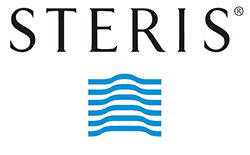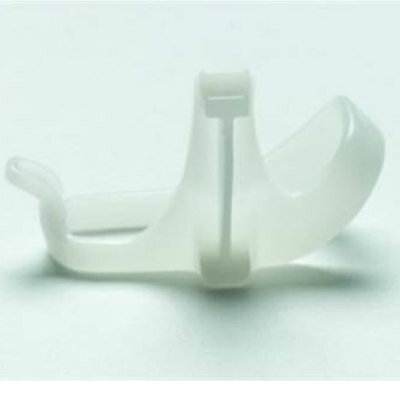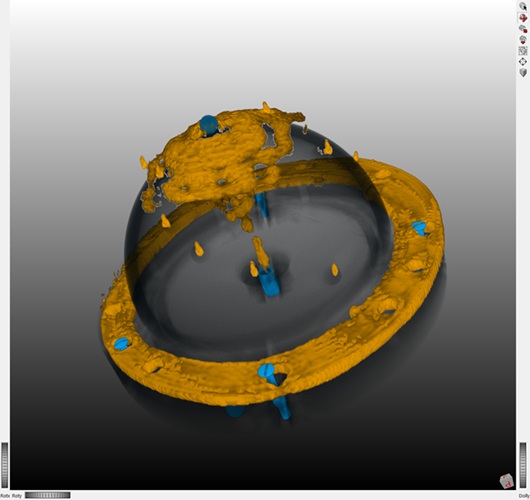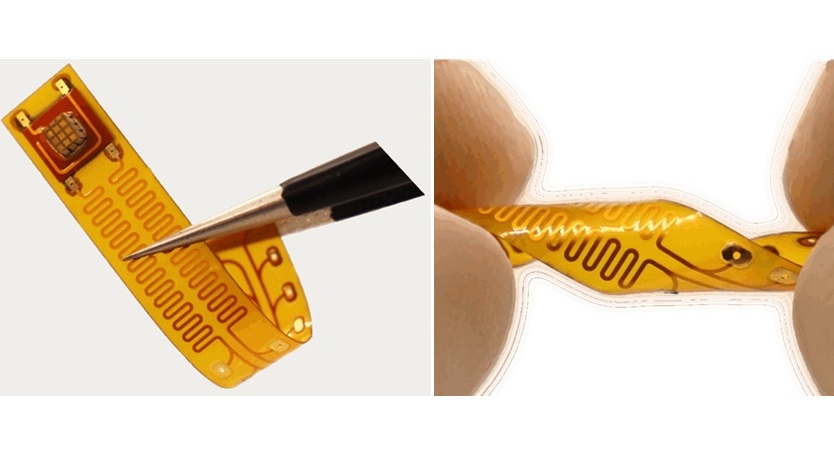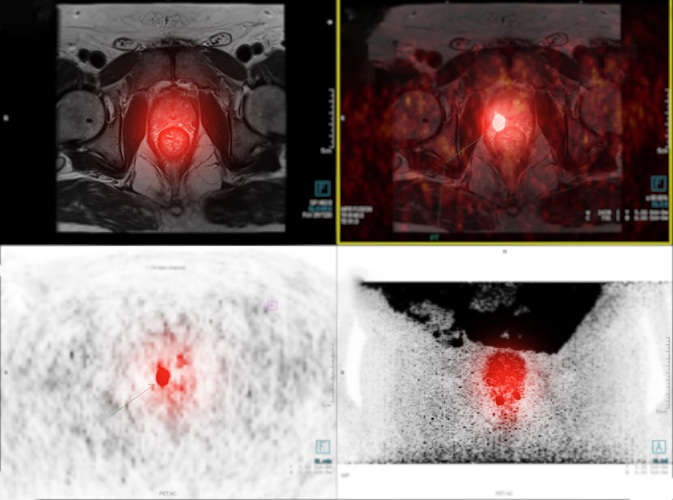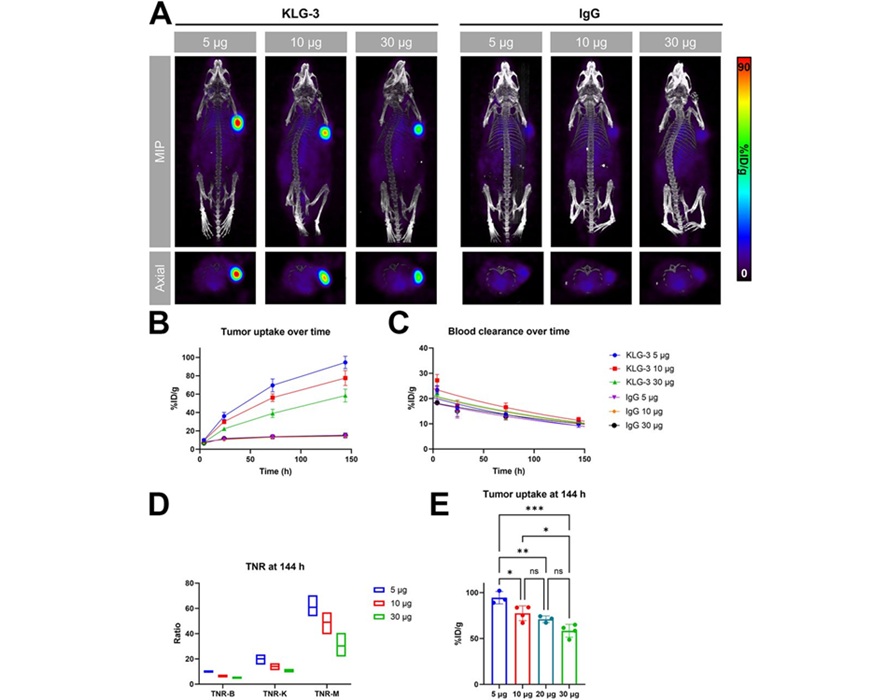Thales Unveils World’s First Portable Detector with Embedded Patient ID
|
By MedImaging International staff writers Posted on 27 Nov 2017 |
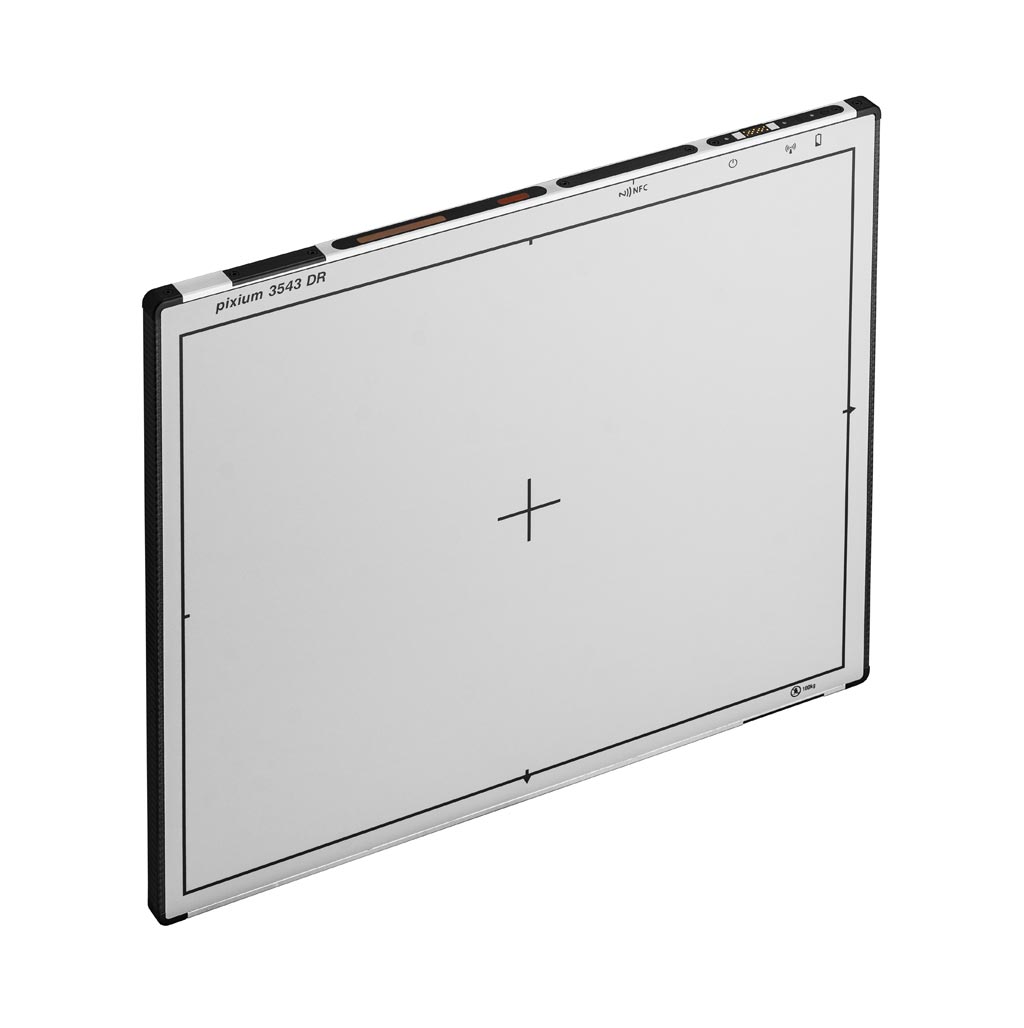
Image: The Pixium Portable 3543 DR (Photo courtesy of Thales).
Thales (Paris, France) unveiled the latest Pixium Portable 3543 DR at the 2017 Radiological Society of North America Annual Meeting (RSNA) held in Chicago from November 26 through December 1. The Pixium Portable 3543 DR is the first ever truly standalone device with embedded patient identification that works in auto-detection mode without connection to any external device.
Thales, a global technology leader for the aerospace, transport, defense and security markets, has often played a pioneering role in the field of flat panel detectors. In 2008, the company had launched the world’s first wireless portable detector, followed by the launch of the lightest cassette size detector in 2012, and a unique auto-detection feature performance in 2015. Following the launch of the launch of its Pixium Portable 3543 DR in 2016, Thales has been researching on how to ensure images are seamlessly assigned to patients and easily stored in a way that allows doctors and technicians to examine multiple patients easily.
The new Pixium Portable 3543 DR works in auto-detection mode and does not need to connect to any external devices, thus making it easier and quicker to operate than legacy portable systems. This results in higher efficiencies as practitioners can exam multiple patients at minimal dose, anywhere in the hospital. It allows for images to be taken at the bedside, scanning of patient ID bracelets to link the images to the patient and storing them directly on the detector. An easy-reading display indicates the number of images taken per patient and the total number of images stored in the device for an ulterior upload to the radiology room. This eliminates the need for numerous CR cassettes and meets the growing need for reducing the system’s total cost of ownership.
“Producing systems and machines to improve efficiency for a group of people such as these, who are already at the top of their game to start with, is no small accomplishment. This is why we are proud to unveil this product,” said Jean-Jacques Guittard, Vice President, Microwave Imaging Subsystems. “The new Pixium Portable 3543 DR with embedded patient identification has quantifiable benefits to the quality of care and the speed by which these talented individuals can accomplish their vital tasks for the good of the community.”
Thales, a global technology leader for the aerospace, transport, defense and security markets, has often played a pioneering role in the field of flat panel detectors. In 2008, the company had launched the world’s first wireless portable detector, followed by the launch of the lightest cassette size detector in 2012, and a unique auto-detection feature performance in 2015. Following the launch of the launch of its Pixium Portable 3543 DR in 2016, Thales has been researching on how to ensure images are seamlessly assigned to patients and easily stored in a way that allows doctors and technicians to examine multiple patients easily.
The new Pixium Portable 3543 DR works in auto-detection mode and does not need to connect to any external devices, thus making it easier and quicker to operate than legacy portable systems. This results in higher efficiencies as practitioners can exam multiple patients at minimal dose, anywhere in the hospital. It allows for images to be taken at the bedside, scanning of patient ID bracelets to link the images to the patient and storing them directly on the detector. An easy-reading display indicates the number of images taken per patient and the total number of images stored in the device for an ulterior upload to the radiology room. This eliminates the need for numerous CR cassettes and meets the growing need for reducing the system’s total cost of ownership.
“Producing systems and machines to improve efficiency for a group of people such as these, who are already at the top of their game to start with, is no small accomplishment. This is why we are proud to unveil this product,” said Jean-Jacques Guittard, Vice President, Microwave Imaging Subsystems. “The new Pixium Portable 3543 DR with embedded patient identification has quantifiable benefits to the quality of care and the speed by which these talented individuals can accomplish their vital tasks for the good of the community.”
Latest RSNA 2017 News
- Siemens Healthineers Launches New Mammography System at RSNA
- New Real-Time Imaging AI Platform Unveiled
- Bracco Diagnostics Highlights Advancement in Diagnostic Imaging Portfolio
- Varex Imaging Showcases New X-ray Components at Trade Fair
- Samsung Unveils New Mobile CT at RSNA 2017
- PACSHealth Showcases DoseMonitor Upgrade at Chicago Trade Show
- Carestream Exhibits New Diagnostic Imaging Solutions in Chicago
- Siemens Healthineers Spotlights Advances in Breast Imaging
- Agfa HealthCare Presents Advances in AI and Machine Learning at RSNA 2017
- Philips Showcases New Imaging Systems and Informatics Portfolio at RSNA
- Fujifilm Debuts New FDR Go PLUS Version Portable System
- Canon Showcases New DR Systems at Medical Imaging Fair
- Aspect Imaging Presents Neonatal MRI System at RSNA 2017
- Visage Imaging Debuts AI Offerings at Chicago Show
- Carestream Joins Zebra Medical Vision to Provide Access to AI Algorithms
Channels
Radiography
view channel
AI Hybrid Strategy Improves Mammogram Interpretation
Breast cancer screening programs rely heavily on radiologists interpreting mammograms, a process that is time-intensive and subject to errors. While artificial intelligence (AI) models have shown strong... Read more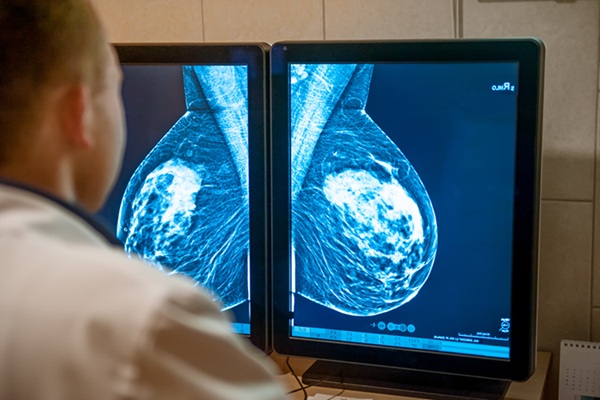
AI Technology Predicts Personalized Five-Year Risk of Developing Breast Cancer
Breast cancer remains one of the most common cancers among women, with about one in eight receiving a diagnosis in their lifetime. Despite widespread use of mammography, about 34% of patients in the U.... Read moreMRI
view channel
AI-Assisted Model Enhances MRI Heart Scans
A cardiac MRI can reveal critical information about the heart’s function and any abnormalities, but traditional scans take 30 to 90 minutes and often suffer from poor image quality due to patient movement.... Read more
AI Model Outperforms Doctors at Identifying Patients Most At-Risk of Cardiac Arrest
Hypertrophic cardiomyopathy is one of the most common inherited heart conditions and a leading cause of sudden cardiac death in young individuals and athletes. While many patients live normal lives, some... Read moreUltrasound
view channel
Non-Invasive Ultrasound-Based Tool Accurately Detects Infant Meningitis
Meningitis, an inflammation of the membranes surrounding the brain and spinal cord, can be fatal in infants if not diagnosed and treated early. Even when treated, it may leave lasting damage, such as cognitive... Read more
Breakthrough Deep Learning Model Enhances Handheld 3D Medical Imaging
Ultrasound imaging is a vital diagnostic technique used to visualize internal organs and tissues in real time and to guide procedures such as biopsies and injections. When paired with photoacoustic imaging... Read moreNuclear Medicine
view channel
New Camera Sees Inside Human Body for Enhanced Scanning and Diagnosis
Nuclear medicine scans like single-photon emission computed tomography (SPECT) allow doctors to observe heart function, track blood flow, and detect hidden diseases. However, current detectors are either... Read more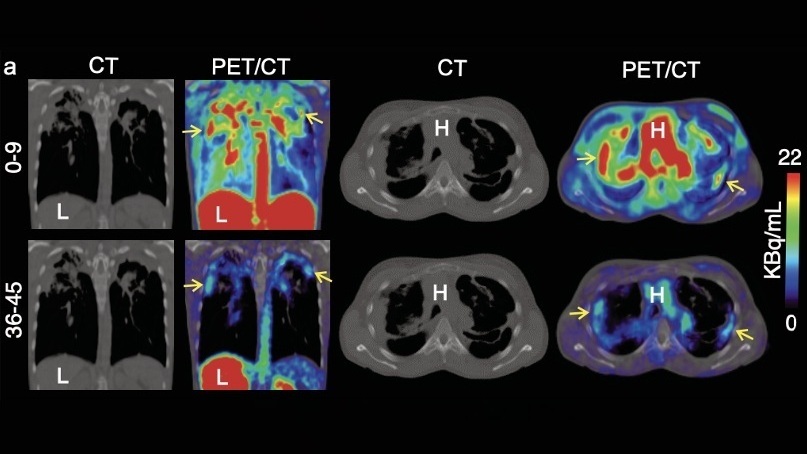
Novel Bacteria-Specific PET Imaging Approach Detects Hard-To-Diagnose Lung Infections
Mycobacteroides abscessus is a rapidly growing mycobacteria that primarily affects immunocompromised patients and those with underlying lung diseases, such as cystic fibrosis or chronic obstructive pulmonary... Read moreGeneral/Advanced Imaging
view channel
Cutting-Edge Angio-CT Solution Offers New Therapeutic Possibilities
Maintaining accuracy and safety in interventional radiology is a constant challenge, especially as complex procedures require both high precision and efficiency. Traditional setups often involve multiple... Read more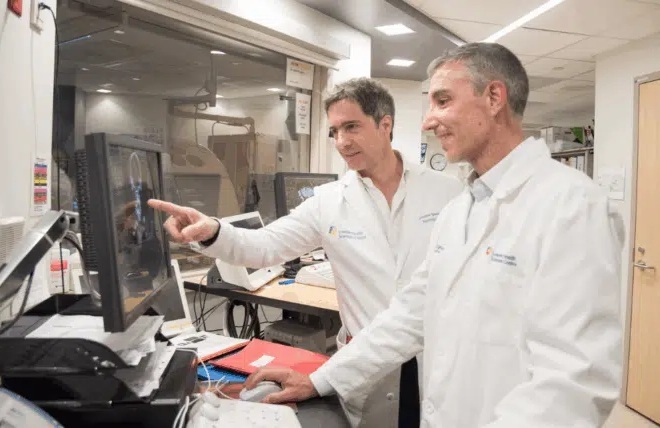
Extending CT Imaging Detects Hidden Blood Clots in Stroke Patients
Strokes caused by blood clots or other mechanisms that obstruct blood flow in the brain account for about 85% of all strokes. Determining where a clot originates is crucial, since it guides safe and effective... Read more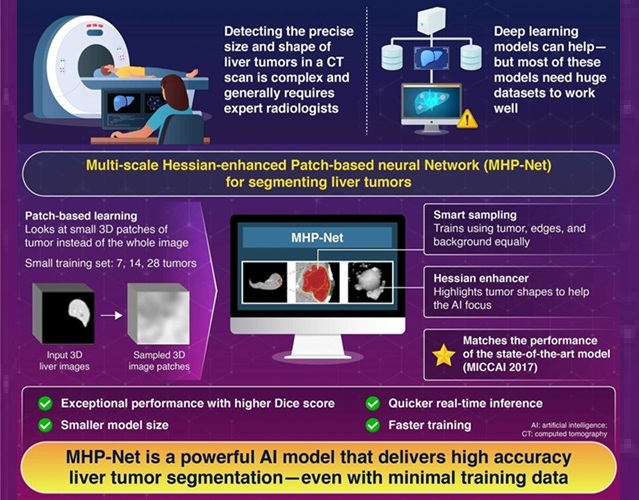
Groundbreaking AI Model Accurately Segments Liver Tumors from CT Scans
Liver cancer is the sixth most common cancer worldwide and a leading cause of cancer-related deaths. Accurate segmentation of liver tumors is critical for diagnosis and therapy, but manual methods by radiologists... Read more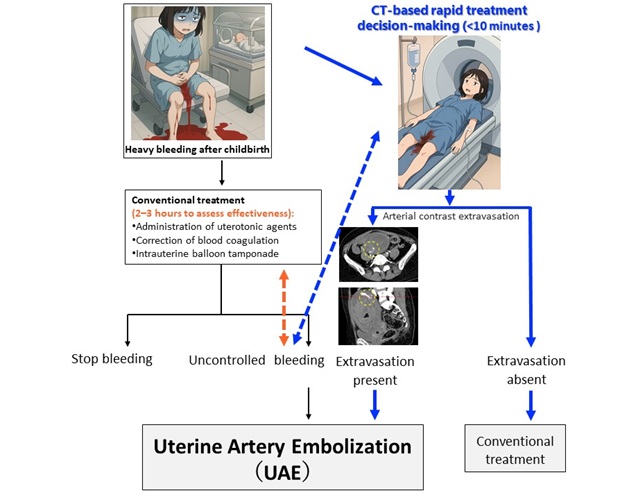
New CT-Based Indicator Helps Predict Life-Threatening Postpartum Bleeding Cases
Postpartum hemorrhage (PPH) is a leading cause of maternal death worldwide. While most cases can be controlled with medications and basic interventions, some become life-threatening and require invasive treatments.... Read moreImaging IT
view channel
New Google Cloud Medical Imaging Suite Makes Imaging Healthcare Data More Accessible
Medical imaging is a critical tool used to diagnose patients, and there are billions of medical images scanned globally each year. Imaging data accounts for about 90% of all healthcare data1 and, until... Read more
Global AI in Medical Diagnostics Market to Be Driven by Demand for Image Recognition in Radiology
The global artificial intelligence (AI) in medical diagnostics market is expanding with early disease detection being one of its key applications and image recognition becoming a compelling consumer proposition... Read moreIndustry News
view channel
GE HealthCare and NVIDIA Collaboration to Reimagine Diagnostic Imaging
GE HealthCare (Chicago, IL, USA) has entered into a collaboration with NVIDIA (Santa Clara, CA, USA), expanding the existing relationship between the two companies to focus on pioneering innovation in... Read more
Patient-Specific 3D-Printed Phantoms Transform CT Imaging
New research has highlighted how anatomically precise, patient-specific 3D-printed phantoms are proving to be scalable, cost-effective, and efficient tools in the development of new CT scan algorithms... Read more
Siemens and Sectra Collaborate on Enhancing Radiology Workflows
Siemens Healthineers (Forchheim, Germany) and Sectra (Linköping, Sweden) have entered into a collaboration aimed at enhancing radiologists' diagnostic capabilities and, in turn, improving patient care... Read more





 Guided Devices.jpg)
